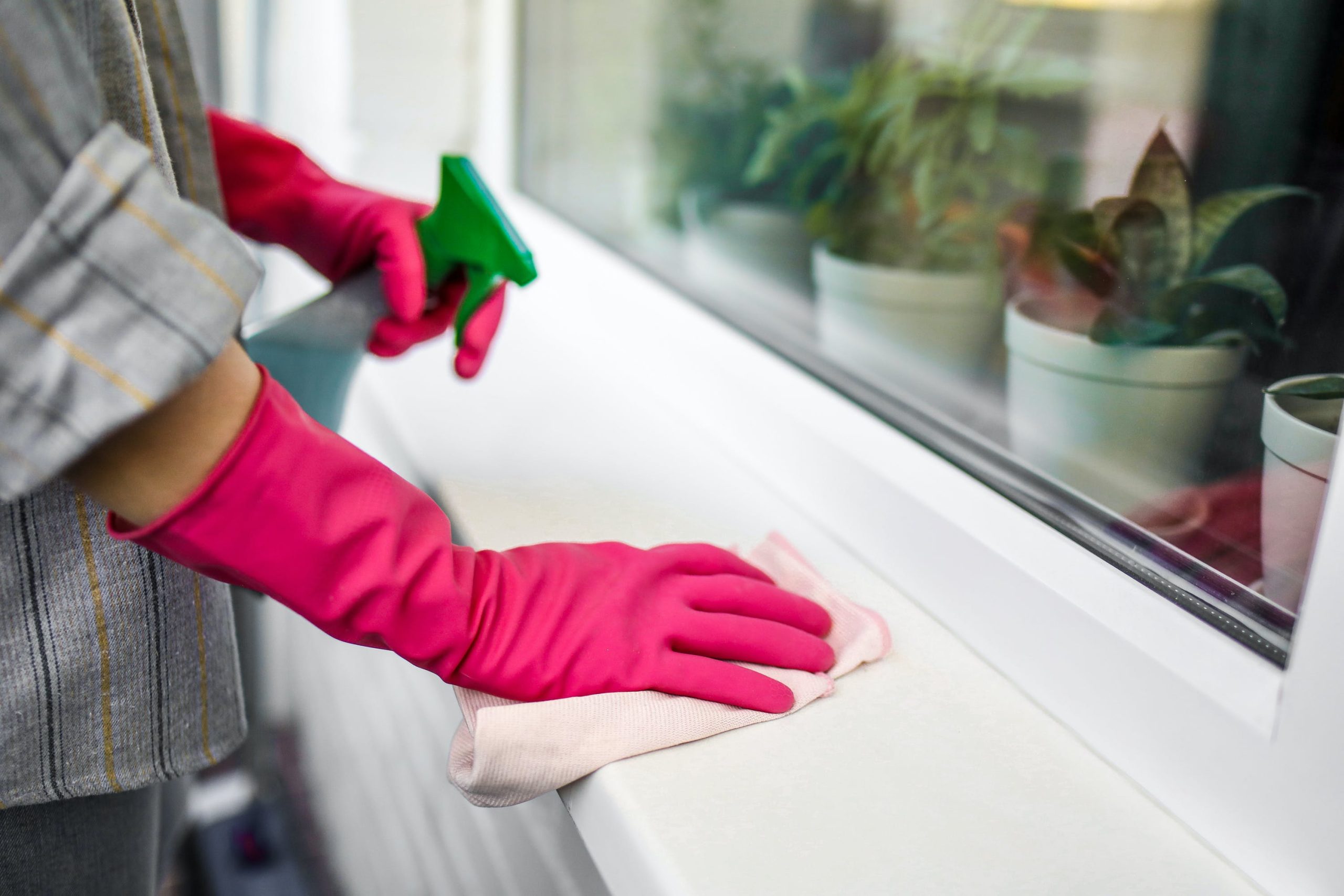Introduction:
Meet Lisa Henderson, a Consumer Safety Advocate with over a decade of experience in food safety. In her journey to ensure safer kitchens, she’s unraveled the hidden truths about disinfecting wipes and their place in our culinary sanctuaries. In this article, Lisa invites lifestyle and kitchen enthusiasts to delve deeper into the world of kitchen hygiene and learn advanced techniques to maintain a spotless, germ-free kitchen. Join us as we reevaluate the role of disinfecting wipes in your home, leaving no stone unturned. Your kitchen is more than just a place to prepare meals; it’s the heart of your home. The kitchen serves as a central hub for family interactions, creative culinary endeavors, and nourishment. However, this multifunctional space also harbors a complex ecosystem. Understanding this ecosystem is the first step in maintaining a clean and safe kitchen and bustle of daily life, we often overlook the intricacies of our kitchens. From food preparation to dishwashing, every action leaves an imprint on the kitchen environment. To comprehend the importance of cleanliness, we must consider the dynamics of this space.
Kitchen Germs
Hidden within your kitchen are invisible threats harmful microorganisms such as bacteria, viruses, and fungi. These insidious intruders pose a significant risk to the health and safety of your household. Ignoring kitchen hygiene can lead to:
- Foodborne Illness: Contaminated food can cause food poisoning, resulting in gastrointestinal distress.
- Cross-Contamination: Germs from raw meat, poultry, or seafood can transfer to ready-to-eat foods, leading to infections.
- Respiratory Infections: Airborne pathogens can thrive in a poorly maintained kitchen and lead to respiratory issues.
- Food Spoilage: Neglecting food storage and hygiene can lead to early spoilage and waste.
Rise of Disinfecting Wipes
Disinfecting wipes offer undeniable convenience. They come pre-soaked with disinfectant, ready to use, and promise to eliminate germs swiftly. This ease of use has made them a go-to choose for quick cleaning However, convenience sometimes leads to misconceptions. Many users believe that a single swipe with a disinfecting wipe makes surfaces completely germ-free. Unfortunately, it’s not that simple. While wipes can reduce the germ load, they may not eliminate all contaminants, especially in high-risk areas of the kitchen.
- Read the Label: Different wipes have specific usage instructions. Make sure you’re using them as intended.
- Contact Time: Most disinfectants require a certain contact time to be effective. Ensure the surface stays wet for the recommended duration.
- Avoid Cross-Contamination: Use separate wipes for different surfaces to prevent the spread of germs.
- Target High-Risk Areas: Concentrate your efforts on areas like cutting boards, refrigerator handles, and sink faucets.
- Proper Disposal: Dispose of used wipes in a sanitary manner.

Beyond the Surface
While disinfecting wipes have their merits, they may not be sufficient for a comprehensive kitchen hygiene regimen, especially when it comes to high-risk areas.
- Deep Cleaning: Periodically engage in deep cleaning sessions to reach areas that may be neglected during regular cleaning routines.
- Steam Cleaning: Steam cleaners effectively kill bacteria, and they are particularly useful for disinfecting kitchen floors and appliances.
- Natural Disinfectants: Vinegar, hydrogen peroxide, and baking soda can be effective natural disinfectants for various kitchen surfaces.
- UV-C Sanitizers: Ultraviolet-C (UV-C) light can be used to disinfect items like cutting boards, utensils, and baby bottles.
- Air Purification: Installing an air purifier in the kitchen can help eliminate airborne contaminants.
Eco-Friendly Alternatives
While maintaining kitchen hygiene is crucial, it’s also essential to consider the environmental impact of the products and practices you use. Disinfecting wipes, while effective, often contribute to non-biodegradable waste and have environmental implications.:
- Homemade Cleaners: Create your own cleaning solutions using ingredients like vinegar, baking soda, and essential oils.
- Reusable Cleaning Cloths: Switch to reusable, washable cleaning cloths to reduce disposable waste.
- Eco-Friendly Disinfectants: Choose disinfectants that are biodegradable and environmentally friendly.
- Green Cleaning Products: Look for cleaning products that are certified as environmentally friendly and safe for your family.

| Eco-Friendly Disinfectant | Description |
|---|---|
| Vinegar | A natural acid that can effectively kill germs and bacteria. It’s safe for most surfaces and environmentally friendly. |
| Hydrogen Peroxide | A powerful disinfectant that can be used on various kitchen surfaces and is biodegradable. It’s effective against a wide range of pathogens. |
| Baking Soda | Known for its cleaning and deodorizing properties, baking soda can also serve as a mild abrasive disinfectant. It’s non-toxic and eco-friendly. |
| Essential Oils | Certain essential oils like tea tree oil and lavender oil have antimicrobial properties. They can be used to create natural disinfectant sprays. |
| Citrus-based Cleaners | Cleaners containing citrus extracts can be effective disinfectants. They often have a pleasant scent and are eco-friendly. |
Conclusion:
A cleaner and safer kitchen, it’s imperative to reevaluate our approach to kitchen hygiene. Lisa Henderson, our experienced Consumer Safety Advocate, has illuminated the path to a spotless and germ-free culinary haven. As we’ve journeyed through the intricacies of the kitchen ecosystem and the hidden menaces of kitchen germs, we’ve gained a deeper understanding of why maintaining a pristine kitchen is of paramount importance. Disinfecting wipes have undoubtedly revolutionized quick and convenient cleaning, but they’re not without their misconceptions and limitations. It’s essential to use them correctly and recognize that they’re just one piece of the kitchen hygiene puzzle. Going beyond the surface is where the real transformation takes place, with advanced techniques and a holistic approach to kitchen disinfection. But it’s not just about cleanliness; it’s also about being environmentally responsible. The eco-conscious kitchen enthusiast can make choices that are kind to both their family’s health and the planet. Eco-friendly alternatives to traditional disinfectants provide effective cleaning while reducing the environmental impact.




